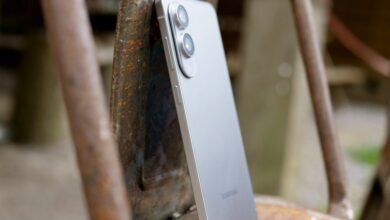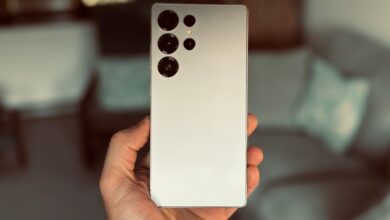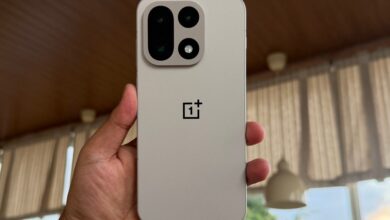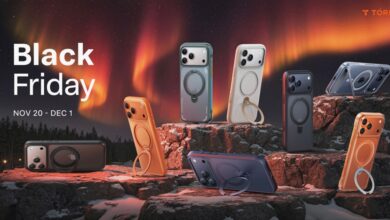Samsung Galaxy Watch 8 Review: Sleek Design with Big Expectations
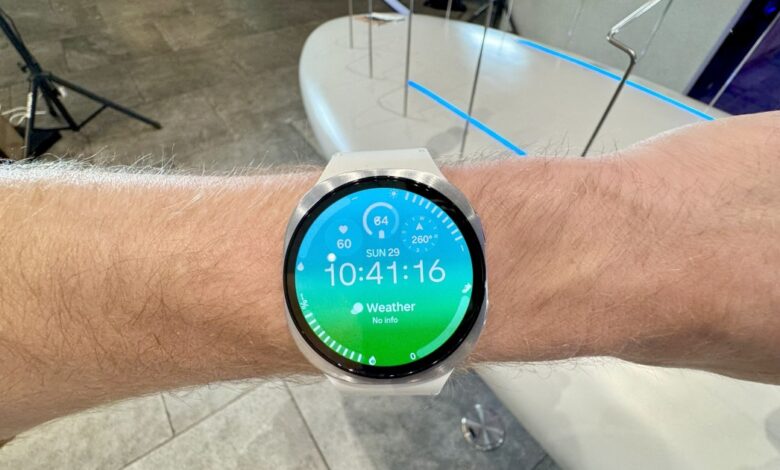
Exploring the Samsung Galaxy Watch 8 and Watch 8 Classic
Getting hands-on with the Samsung Galaxy Watch 8 and its Classic counterpart is an intriguing experience. It’s not that testing two premium devices is a chore; rather, it’s challenging to form a solid opinion after just half an hour of use.
While I could easily discuss the enhanced design and comfortable straps, the real advancements lie within their health features. These require more extensive testing to truly evaluate their effectiveness.
Samsung aims for these watches to be comprehensive companions in your daily life, offering insights that could considerably impact your understanding of personal health.
A Fresh Software Experience
The Galaxy Watch 8 series marks the debut of Wear OS 6 software, which operates under Samsung's One UI 8 for Watches. This combination delivers a smooth user interface wrapped in an attractive design—it's clear from frist glance that this is a well-crafted product.
Let’s dive into the design specifics: The standard Watch 8 comes in both 40mm and 44mm sizes. It has a sporty look with rubber straps featuring a quick-release ‘Dynamic Lugs’ system, making it easy to swap bands effortlessly.
This model utilizes a ‘digital bezel’ for navigation; you can swipe along the bottom of the screen to scroll through various displays or lists quickly. Additionally, there are two physical buttons located on its right side for added convenience.
The Allure of the Classic Model
The focus during my briefing was primarily on the watch 8 Classic (available only in a larger size at 46mm). Interestingly enough, I found it less sleek than its more affordable sibling.
This version boasts a soft leather strap and features a physical rotating bezel for navigating through menus instead of using touch gestures. While some may prefer this tactile method over digital scrolling, I found it slightly clunky compared to what was offered by its counterpart's digital interface—though it does provide peace of mind when dealing with wet fingers!
A Comfortable Fit
Both models share what Samsung calls ‘squircle’ designs—a round display set against square bases with rounded edges—which gives them an upscale feel while resting comfortably on your wrist. The comfort level is impressive across both models; even though heavier than others like Garmin Fenix series watches I've used before, they don’t feel burdensome during wear.
Samsung has emphasized how they’ve made these watches thinner by about eleven percent while redistributing components for better balance on your wrist—a goal they seem to have achieved quite well based on initial impressions.
Breathtaking Display Brightness
The screens on both versions have seen notable upgrades as well—they now reach peak brightness levels nearly fifty percent higher than previous iterations at around three thousand nits! This enhancement proves beneficial when using them outdoors or under bright lights; even glaring overhead spotlights didn’t hinder visibility during my tests!
Diving Deeper into Health Features
I couldn’t glean much from my brief time testing these devices regarding their advanced health capabilities since long-term usage will be necessary for thorough evaluation. For years now, I've sought out smartwatches capable of aggregating data points like sleep quality, stress levels, nutrition habits—all into one cohesive view that genuinely informs me about my wellness journey.
Samsung promises just that with these new models! enhanced sleep tracking integrates seamlessly within their systems so users can gain valuable insights upon waking up each day—plus AI technology aims at learning individual sleep patterns over time!
A New Approach to Fitness Tracking
This data can also connect with metrics such as vascular load (which measures heart workload) alongside antioxidant index readings obtained by placing one’s thumb against sensors located at back surfaces—the potential here seems promising but requires further exploration beyond initial impressions alone!
The Need For integration
The Need For Integration
The need For Integration
The Need For integration
Exploring the Samsung Galaxy Watch 8 and Watch 8 Classic
Getting hands-on with the Samsung Galaxy Watch 8 and its Classic counterpart is an intriguing experience. It’s not that testing two premium devices is a chore; rather, it’s challenging to form a solid opinion after just half an hour of use.
While I could easily discuss the enhanced design and comfortable straps, the real advancements lie within their health features. These require more extensive testing to truly evaluate their effectiveness.
Samsung aims for these watches to be comprehensive companions in your daily life, offering insights that could considerably impact your understanding of personal health.
A Fresh Software Experience
The Galaxy Watch 8 series marks the debut of Wear OS 6 software, which operates under Samsung's One UI 8 for Watches. This combination delivers a smooth user interface wrapped in an attractive design—it's clear from frist glance that this is a well-crafted product.
Let’s dive into the design specifics: The standard Watch 8 comes in both 40mm and 44mm sizes. It has a sporty look with rubber straps featuring a quick-release ‘Dynamic Lugs’ system, making it easy to swap bands effortlessly.
This model utilizes a ‘digital bezel’ for navigation; you can swipe along the bottom of the screen to scroll through various displays or lists quickly. Additionally, there are two physical buttons located on its right side for added convenience.
The Allure of the Classic Model
The focus during my briefing was primarily on the watch 8 Classic (available only in a larger size at 46mm). Interestingly enough, I found it less sleek than its more affordable sibling.
This version boasts a soft leather strap and features a physical rotating bezel for navigating through menus instead of using touch gestures. While some may prefer this tactile method over digital scrolling, I found it slightly clunky compared to what was offered by its counterpart's digital interface—though it does provide peace of mind when dealing with wet fingers!
A Comfortable Fit
Both models share what Samsung calls ‘squircle’ designs—a round display set against square bases with rounded edges—which gives them an upscale feel while resting comfortably on your wrist. The comfort level is impressive across both models; even though heavier than others like Garmin Fenix series watches I've used before, they don’t feel burdensome during wear.
Samsung has emphasized how they’ve made these watches thinner by about eleven percent while redistributing components for better balance on your wrist—a goal they seem to have achieved quite well based on initial impressions.
Breathtaking Display Brightness
The screens on both versions have seen notable upgrades as well—they now reach peak brightness levels nearly fifty percent higher than previous iterations at around three thousand nits! This enhancement proves beneficial when using them outdoors or under bright lights; even glaring overhead spotlights didn’t hinder visibility during my tests!
Diving Deeper into Health Features
I couldn’t glean much from my brief time testing these devices regarding their advanced health capabilities since long-term usage will be necessary for thorough evaluation. For years now, I've sought out smartwatches capable of aggregating data points like sleep quality, stress levels, nutrition habits—all into one cohesive view that genuinely informs me about my wellness journey.
Samsung promises just that with these new models! enhanced sleep tracking integrates seamlessly within their systems so users can gain valuable insights upon waking up each day—plus AI technology aims at learning individual sleep patterns over time!
A New Approach to Fitness Tracking
This data can also connect with metrics such as vascular load (which measures heart workload) alongside antioxidant index readings obtained by placing one’s thumb against sensors located at back surfaces—the potential here seems promising but requires further exploration beyond initial impressions alone!


